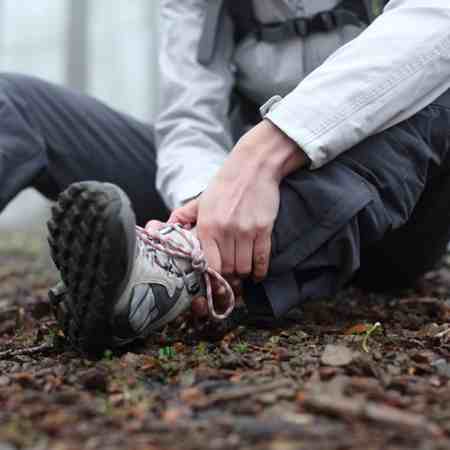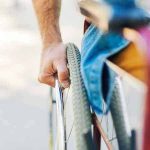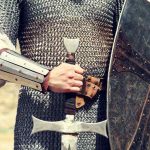PILGRIM DISEASES.

The Camino de Santiago is a wonderful experience that every pilgrim should live at least once in their life. But every pilgrim should know that the Camino is also demanding and involves a physical effort that sometimes ends badly. Blisters are one of the most common but not the only consequences. Muscle overload, tendonitis, sprains or heat stroke are some very common ailments on the Camino de Santiago. These are some tips to try to avoid them.
The feet of a pilgrim are his most precious asset. And blisters, the most feared companions on the Camino. Why do blisters and chafing appear? There are several factors such as the rubbing of socks and shoes on the skin. Although sweat, humidity and heat are also decisive. Each pilgrim has their own formula to avoid blisters. But there are some universal tips that will help you. For example, it is important that you do not load your backpack too much (less weight, less effort and less chafing). In general, it is recommended that the backpack weigh no more than 10% of your weight, the most used being 35-40 liters. A
Many pilgrims also recommend smearing the feet with Vaseline to avoid chafing. It is also important that you wear socks without seams and that promote perspiration. And never, never, never wear new shoes on the Camino. Just as important as the steps you take during the stage is what you do afterward. When you arrive at the lodge, clean, dry and hydrate your feet. Rest and wear loose sandals or shoes. What if despite all the precautions you get blisters? Try to include in the backpack a small first-aid kit with gauze and tape, plasters, disinfectant, needle and surgical thread.
As days go by, the muscles in your legs and your back may also begin to suffer. Again it is important not to carry a lot of weight, especially if your Camino lasts for many days in a row, and to take breaks regularly. With stretching and brief massages in the most sensitive areas. Just as important is doing the right leg, trunk and arm stretches before and after each stage. Be aware that muscle overload can lead to more serious injuries such as sprains, fractures, tendonitis, or fasciitis.
In fact, among the most frequent injuries among pilgrims who make the Camino de Santiago we find tendinitis. Whether on foot or by bike, your tendons can weaken when exerting a certain amount of effort or overload. Therefore, if during your journey you notice that your muscles begin to suffer, do not hesitate to slow down. Remember that the important thing is not the goal, but the Camino and that the most important thing is to enjoy the experience. Anti-inflammatories and pain relievers will also be of great help. And if the pain persists, stop. The Camino will always be there for you.
If you make the Camino in summer, be careful with the arrival of high temperatures as dizziness and heat stroke begin to be frequent among pilgrims. It is very important to always protect yourself from the sun (wear sunscreen, sunglasses and cover your head with a hat) and fight the heat with thin, breathable clothing. Hydration is also essential. It is advisable to drink water frequently or at least every two hours. There are pilgrims who can get dizzy due to fatigue. Although this discomfort depends a lot on the physical condition of the person and the pace they are taking, it is important to maintain proper hydration and nutrition throughout the Camino.
Take good care of yourselves and Buen Camino!
An article by elcaminoconcorreos.
And remember, whatever path you may choose in the Camino, you can always rely on HOSTAL GAU TXORI: comfortable accommodation, nice and traditional food and wonderful natural landscapes as you pass by Zubiri.



